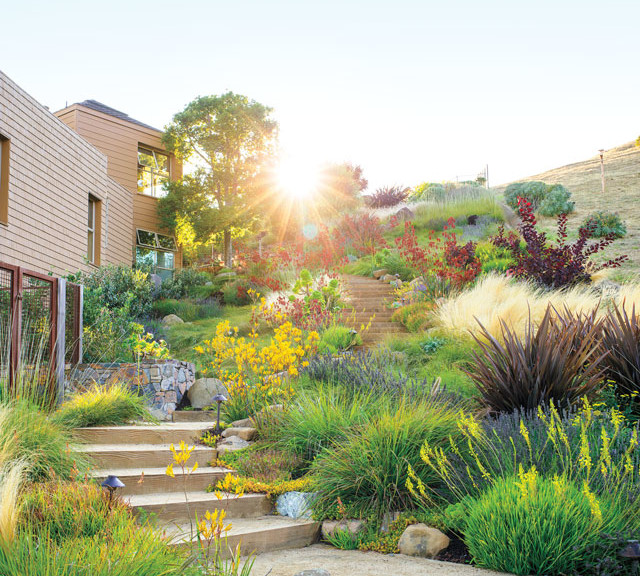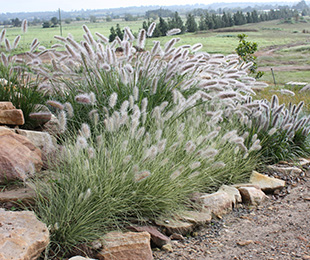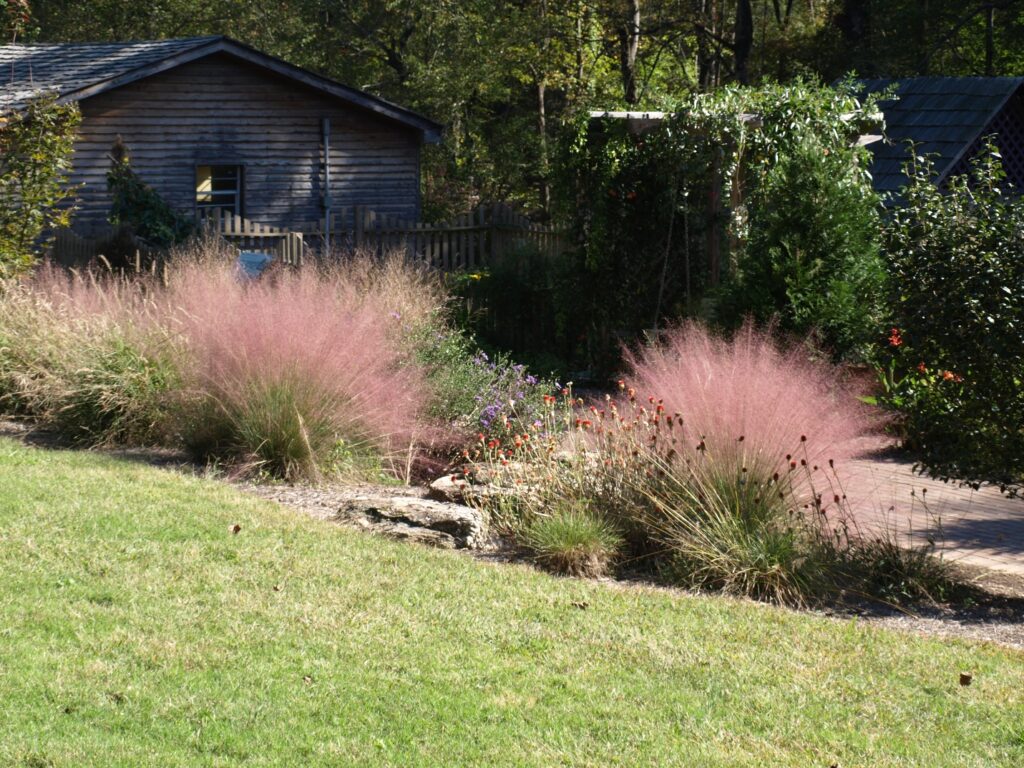Using Native Grasses for a Low-Maintenance Yard
By Innovation Grounds
Creating a lush, attractive yard doesn’t have to mean hours of upkeep or gallons of water. More homeowners are turning to native grasses to build beautiful, low-maintenance yards that are environmentally friendly and easier to manage. These naturally adapted plants offer a sustainable, cost-effective alternative to traditional turf lawns.
In this blog, we’ll explore the benefits of native grasses, top varieties to consider, and tips for planting and maintaining them effectively.
Why Choose Native Grasses?
Native grasses are species that have evolved in a specific region over thousands of years. Because they’re well-suited to local climates and soil types, they typically require less water, fertilizer, and maintenance than non-native turf grasses.

Best Native Grasses for Low-Maintenance Yards
The ideal native grasses for your yard will depend on your climate zone. Here are some top choices for various regions across North America:
1. Buffalograss (Bouteloua dactyloides)
Region: Great Plains, Midwest
Benefits: Very low-growing, drought-tolerant, minimal mowing
Best for: Sunny yards with minimal foot traffic
2. Blue Grama (Bouteloua gracilis)
Region: Western U.S., High Plains
Benefits: Resilient in drought, supports pollinators
Best for: Natural-looking landscapes and meadows
3. Little Bluestem (Schizachyrium scoparium)
Region: Central and Eastern U.S.
Benefits: Attractive blue-green foliage turning red-orange in fall
Best for: Ornamental appeal with seasonal color
4. California Fescue (Festuca californica)
Region: West Coast, especially California
Benefits: Shade-tolerant, excellent for erosion control
Best for: Woodland gardens and shady slopes
5. Purple Lovegrass (Eragrostis spectabilis)
Region: Eastern and Southern U.S.
Benefits: Airy, pink-purple seed heads for visual interest
Best for: Borders, pollinator gardens

Planting and Maintenance Tips
1. Prepare the Soil
Clear the area of existing vegetation and weeds. Native grasses do best in well-drained soil with little to no need for fertilizers. You can do a soil test to understand pH and nutrient levels.
2. Seed or Plugs?
Depending on your budget and timeline, you can sow native grass seed or install plugs (small live plants). Seeds are cost-effective but take longer to establish, while plugs provide quicker coverage.
3. Watering Wisely
While native grasses are drought-tolerant once established, they’ll need regular watering during the first few months. After that, water only during extended dry periods.
4. Minimal Mowing
Most native grasses grow slowly and to a natural height that doesn’t require frequent mowing. In many cases, an annual mow in late winter or early spring is enough to keep them healthy and attractive.
5. Weed Control
Until your grasses are established, monitor for invasive weeds. Mulching or a natural groundcover can help suppress weed growth during the early stages.

Design Ideas Using Native Grasses
Integrating native grasses into your landscape doesn’t mean sacrificing style. Here are some creative design options:
Meadow Lawns: Replace traditional turf with a mix of short native grasses and wildflowers for a natural, cottage-style look.
Grass Borders: Use clump-forming native grasses like Little Bluestem as borders for pathways or flower beds.
Erosion Control: Plant grasses on slopes or hillsides to stabilize soil and reduce runoff.
Container Gardens: Some grasses, like Purple Lovegrass, thrive in large pots for patios or decks.

Sustainable Landscaping for the Future
Switching to native grasses is more than a landscaping trend—it’s a commitment to sustainability. As climate change and water scarcity become pressing issues, making your yard more eco-friendly is both practical and responsible. You’ll enjoy lower maintenance demands, a reduction in utility costs, and a yard that thrives with nature rather than in spite of it.

Final Thoughts
A low-maintenance yard doesn’t have to look plain or uninviting. By using native grasses, you can create a beautiful, sustainable landscape that saves time, conserves resources, and supports local ecosystems. Whether you’re designing a new yard from scratch or renovating an existing lawn, native grasses are a smart and stylish choice.


